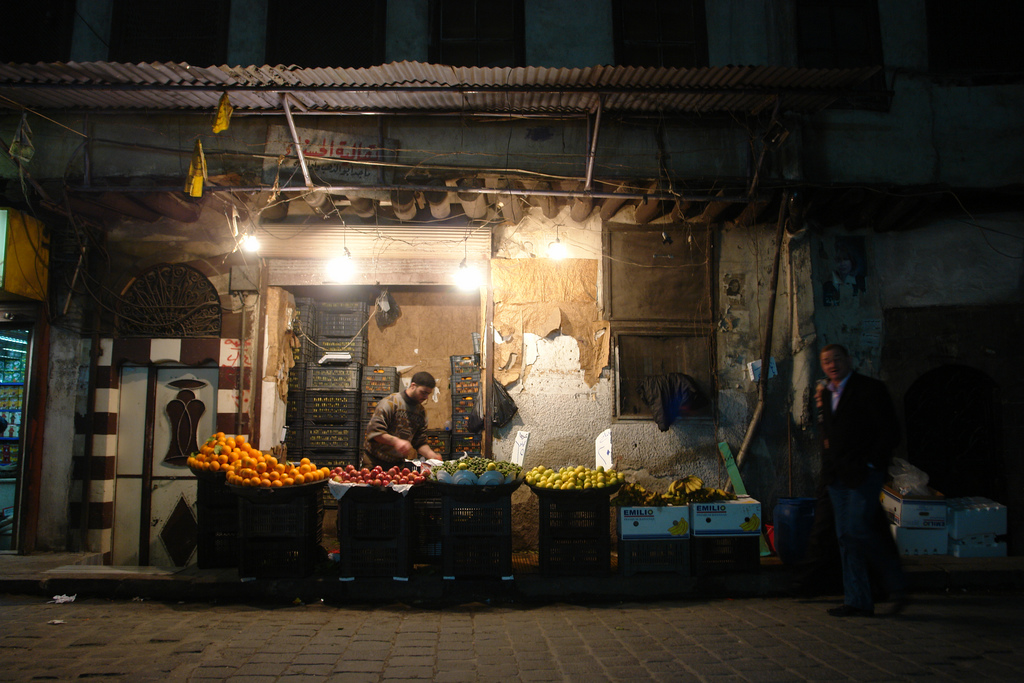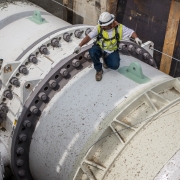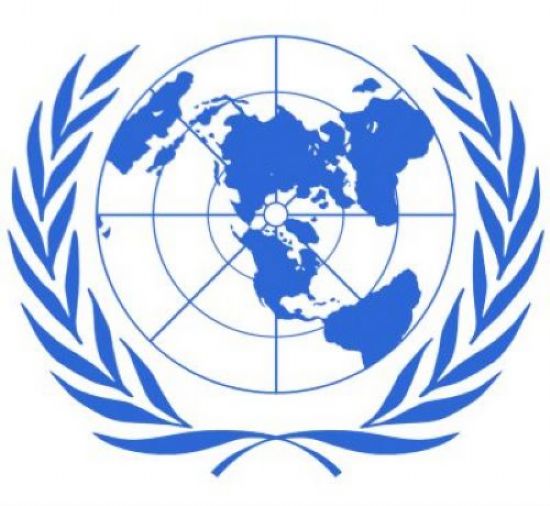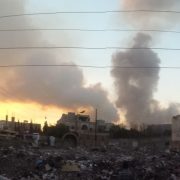Food Security: Destroyed Agricultural Infrastructure Drops Production in Syria
Irrigation canals have been severely damaged, large poultry farms have been destroyed, and now close to 10 percent of Syrians who remained inside the country’s borders are in need of food assistance — these are just a few of the side effects of the ongoing conflict in the war-torn country that will likely have ramifications on food security for years to come.

By Codi Yeager
Circle of Blue
Agricultural production has been halved in some regions of Syria due to sustained insecurity, the destruction of infrastructure, and a lack of inputs like fuel, seed, and fertilizer, according to a recent United Nations (UN) mission.
–Dominique Burgeon, director
FAO Emergency & Rehabilitation Division
“Destruction of infrastructure in all sectors is massive, and it is clear that, the longer the conflict will last, the longer it will take to rehabilitate it,” Dominique Burgeon told the media after returning from the UN mission. Burgeon is director of the UN’s Food and Agriculture Organization’s (FAO) Emergency and Rehabilitation Division.
Irrigation is one of the infrastructure systems that has been severely curtailed, with main irrigation canals damaged near the western city of Homs. Vegetable production has declined 60 percent in the Homs Governorate, and large poultry farms have been destroyed. All are side effects of the ongoing conflict between government and rebel forces — which began in spring 2011 — and are both an immediate and long-term threat to Syria’s food security.
Agriculture and Economics
“Close to 10 percent of the Syrian population is now in need of food assistance,” Burgeon said. “Of course, with the massive drop in food production, this number can only rise in the coming weeks and months if the situation is left unchanged. As the crisis further deepens, the humanitarian needs of the population will become more and more acute.”
As local food supplies have declined, inflation has also become a major problem for food security. Consumers not only have to pay higher prices for food commodities, but inflation of fuel, electricity, and transportation prices can in turn lead to reduced food production. Many irrigation pumps, for example, can no longer function due to a lack of fuel.
“From an economic perspective, the conflict has severely affected the food supply chain,” Burgeon said. “Inflation has substantially eroded the purchasing power of a population already coping with a generalized reduction of income-generating opportunities.”
Before the war, Syria’s agricultural sector employed 17 percent of the work force and accounted for about 21 percent of the country’s gross domestic product (GDP). The FAO has, so far, appealed for $US 34.85 million in 2013 to provide aid to small farmers and herders, but the appeal remains largely unfunded — of the entire $US 519 million appeal for the Syria Humanitarian Action Response Plan (SHARP), only 4 percent has been raised.
A news correspondent for Circle of Blue based out of Hawaii. She writes The Stream, Circle of Blue’s daily digest of international water news trends. Her interests include food security, ecology and the Great Lakes.
Contact Codi Kozacek









Leave a Reply
Want to join the discussion?Feel free to contribute!